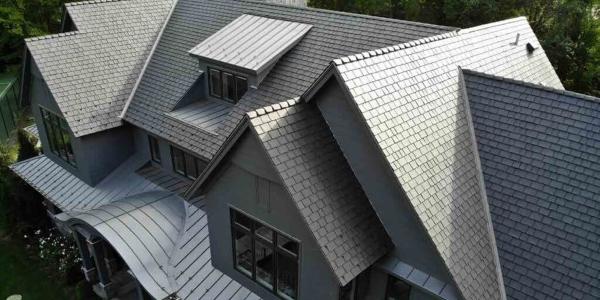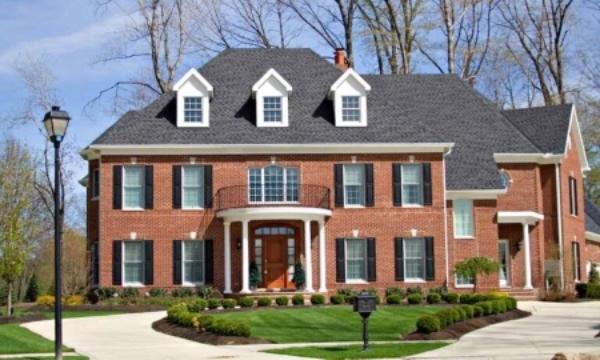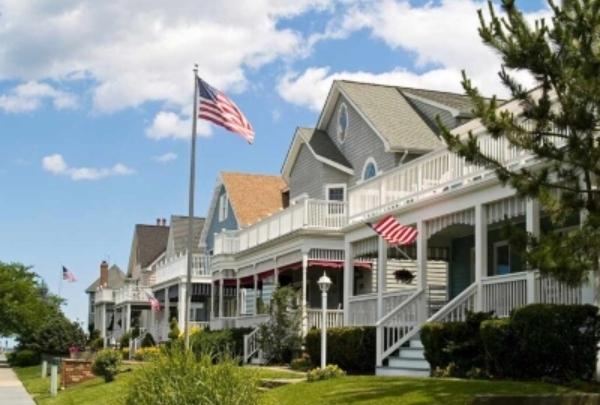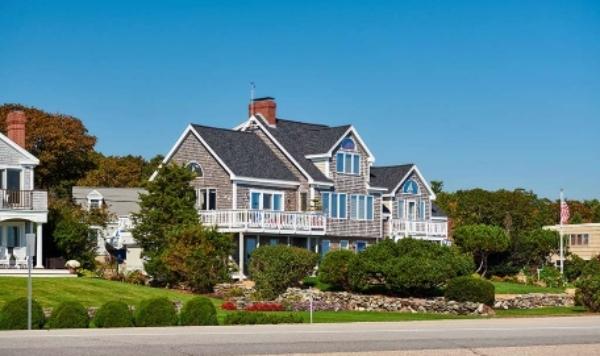The art of historical roof maintenance

By Gunner Roofing.
Preserving historical roofs not only safeguards architectural legacy but also ensures these timeworn guardians continue to tell their stories to future generations.
A roof holds onto the story of its builder's history, culture and craftsmanship. From the distinguished slate roofs of Victorian homes to the traditional clay tile roofing of Mediterranean villas, these differences represent an architectural legacy and preserve the history of the buildings and the original artist's skills. This is why preservation of these historical roofs is essential for a continuation of the legacy and sharing of the history of the structure for future generations. To help promote the preservation of these roofs' historical significance, we at Gunner Roofing provide a variety of materials that aid in roof preservation and restoration.
The restoration process for historical roofs involves meticulous attention to detail. From sourcing historical roofing materials, like slate, clay tiles or even metal roofs, to preserving the unique features of each structure, every job is a journey through history. Roof repair on these venerable structures often demands more than just replacing old tiles or slates; it involves understanding the entire home’s history, the original materials used and the specific techniques employed during the original construction.
Gunner’s expertise in roofing materials extends to all types, including traditional clay tile and slate as well as metal roofing systems that have been used in historical roofs. Our approach to roof restoration and repair is comprehensive, encompassing everything from addressing corrosion in metal roofs to ensuring the durability and integrity of slate roofs.
For a new roof installation on a historical home, Gunner Roofing evaluates the compatibility of other materials with the original structure, ensuring that the new addition harmoniously blends with the historical aesthetic. The repair process, whether it’s for slate, tile or metal roofs, is carried out with an emphasis on preserving the structure’s original character.

The importance of preserving historical roofs
Historical roofs, with their unique charm and architectural significance, offer a glimpse into our rich history and heritage. The restoration process of historical roofs involves a meticulous approach to reviving the former glory of structures, using a combination of traditional and contemporary roofing materials and techniques.
The architectural diversity and character of our towns and cities owe much to the variety of historical roofing styles, from the rustic wood shingles of colonial homes to the ornate clay tile roofing of Spanish missions. These historical buildings, with their clay tiles, slate roofs and sometimes metal roofs, contribute significantly to the distinctive skyline and sense of place in our communities.
The team at Gunner understands the importance of preserving the original construction details while incorporating new roofing systems and materials where necessary. Whether it’s a slate roof repair, restoring a clay tile roof to its original design or integrating metal roofs with traditional structures, each project is approached with the utmost care and professionalism.
Roof restoration, especially of historical roofs, is more than just a construction job; it’s a commitment to protect and preserve our architectural heritage. This involves not only repairing corrosion or damage but also restoring the roof to its original state, often using a blend of historical roofing materials and modern roofing systems for enhanced durability and functionality.
Gunner’s services extend beyond simple roof repair; they are about restoring the structure, preserving the history and protecting the roof against future damage. The contractor’s role in this restoration process is pivotal, requiring a deep understanding of the materials and the historical context in which they were installed.

Challenges in preserving historical roofs
The preservation of historical roofs is akin to walking a tightrope, delicately balancing between authenticity and practicality. This intricate dance between old and new is one of the foremost challenges in the field of historical preservation.
Authenticity demands that repairs and restorations use the same materials and techniques as the original. However, practicality often dictates a different approach. Modern building codes, safety standards and functional requirements like insulation and waterproofing may not align with historical methods. For example, original materials may no longer meet fire safety standards or they may not provide adequate insulation compared to modern alternatives.
Adapting to modern needs
Adapting historical roofs to modern needs while maintaining their historical integrity requires a nuanced understanding of both old and new roofing techniques. This might involve using modern materials that mimic the appearance of the original or employing traditional techniques with slight modifications to meet current standards. The goal is to preserve the historical character of the roof while ensuring it fulfills contemporary functional requirements.
Material availability
Many materials used in historical roofs, such as specific types of wood, slate or handmade tiles, are no longer produced in large quantities. In some cases, these materials may be entirely extinct. Sourcing authentic materials can be a significant challenge, often requiring extensive research and sometimes even custom production.
Environmental and climatic considerations
Historical roofs were built to withstand the climatic conditions of their era, which may differ significantly from today’s climate.
As the climate changes, historical roofs face new challenges. Increased instances of extreme weather, such as heavier rains, stronger winds and more frequent heat waves, can test the limits of these historical structures. Ensuring that these roofs are not only preserved but also capable of withstanding these new challenges is a critical aspect of historical roof restoration.
Adapting historical roofs to contemporary climatic conditions requires a careful balance. The goal is to enhance the resilience of these roofs against current environmental factors while respecting their original design and material composition. This might involve introducing modern waterproofing techniques, improving insulation or reinforcing the structure, all while maintaining the roof’s historical appearance.
Authentic repairs and restorations
Proper roofing techniques are crucial in the restoration and repair of historical roofs. Using authentic materials and methods ensures that repairs are not only functional but also aesthetically in line with the original design. This requires a detailed understanding of historical roofing techniques, materials and architectural styles.
While preserving the authenticity of historical roofs, it is also important to integrate modern innovations where appropriate. Advances in roofing technology, such as improved waterproofing, insulation and ventilation, can enhance the durability and functionality of historical roofs without compromising their historical integrity.
Each historical roof presents its own set of challenges and requirements. A one-size-fits-all approach does not work in historical roof preservation. Custom solutions, tailored to the specific needs of each roof, are essential. This might involve sourcing rare materials, custom-making roofing elements or employing specialized restoration techniques.

Conclusion
The preservation of historical roofs is more than a technical challenge; it is a commitment to honoring our past and safeguarding our future. As experts in the field, Gunner Roofing embodies this commitment, bridging the gap between traditional craftsmanship and modern roofing excellence. By preserving these historical treasures, we keep alive the stories they tell, ensuring that the architectural legacy they represent is passed on to future generations.
In a world where the old is often replaced with the new, the preservation of historical roofs stands as a testament to our respect for history and our dedication to sustainable practices. It is a delicate dance between the old and the new, a harmony of past and future, where each tile, shingle or slate is a piece of history, preserved for tomorrow.
As we look to the future, let us remember that in preserving our historical roofs, we are not just protecting buildings; we are preserving the soul of our communities. In every ridge, eave and shingle, there is a story waiting to be told, a history waiting to be honored. It is our collective responsibility to ensure that these stories endure and that these structures stand tall as we continue to write our own chapter in the vast narrative of architectural history.
Original article source: Gunner Roofing
Learn more about Gunner Roofing LLC in their Coffee Shop Directory or visit www.gunnerroofing.com.









Comments
Leave a Reply
Have an account? Login to leave a comment!
Sign In